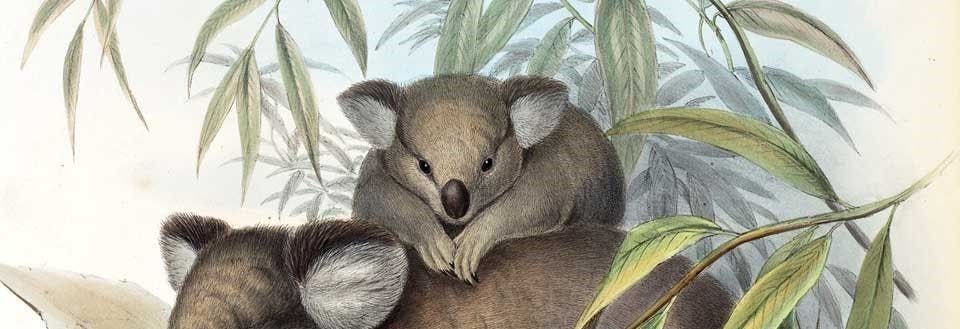Cuvier, George (1769-1832).
“Sur le Megatherium: Autre animal de la famille des Paresseux, mais de la taille du Rhinoceros don’t unsquelette fossile prosque complete est conservé au cabinet royal d’histoire naturelle à Madrid.” In: Annales du Museum National d’Histoire Naturelle, 1804, vol. 5, no. 29.
A skeleton of a huge unknown quadruped was discovered near Buenos Aires in 1787. The bones were sent to Madrid, where they were mounted by Juan Bautista Bru and put on display in the Royal Museum. In Paris, a young anatomist named Georges Cuvier heard about the mount, obtained engravings and a description, and in 1804 wrote this account of the animal. The name he gave it, Megatherium americanum, was non-committal, since it just means “Big American Beast,” but in his analysis of the bones, he pointed out that it bore a great resemblance to a sloth, especially in its jaw and teeth, and the structure of its claws. The major difference was its size. So Cuvier proposed that the Megatherium was a giant ground sloth. Moreover, because no such creature has been observed in South America today, it must be extinct. Cuvier thus became one of the first to argue that previous geological eras had supported different animals than those that we find in the present. Here we have our first strong argument for the reality of extinction.

